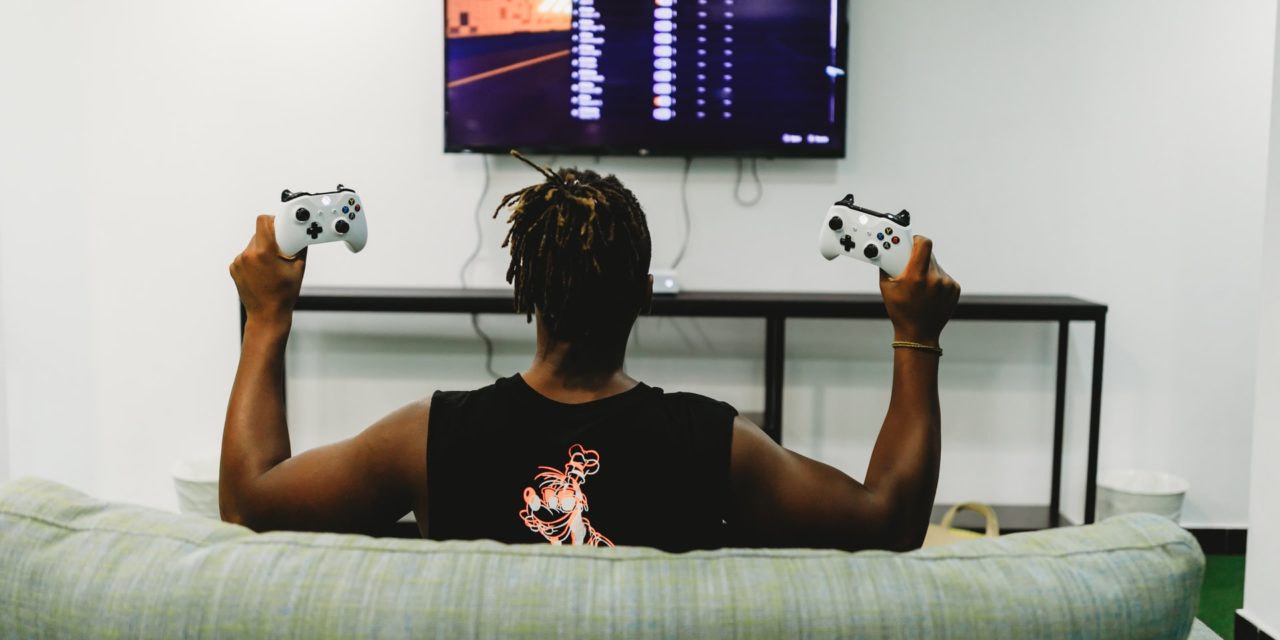[ad_1]
A pretty common problem that comes with the advent of HDMI (High Definition Multimedia Interface) becoming the new industry standard for transmitting TV signals is how to select the correct length HDMI lead. In the old days when everything was carried by RG6 Coaxial cable, it was possible to run the signal over pretty long runs and then simply cut the cable to length and fit a coax connector and simply connect it to the TV. Although RG6 cable is still used to connect the satellite dish to say for example a Freesat+ receiver, the output from the box to the TV will now invariably be a HDMI cable.
Another complicating factor is the popularity of hanging Flat screen TVs on a bare walls or over a fireplace. Obviously nobody wants HDMI cables tacked along the wall, so invariably the cables are being buried in the wall and normally run from the TV to a nearby built in unit which will house the satellite receiver. What makes selecting the correct length of lead is that it is not possible to simply extend or shorten the lead. In general there is a good selection of HDMI cables ranging from 1m all the way up to 20m, with the upper limit being due to the level of signal loss that occurs in cables that are no longer than 20m.
No matter how well you plan it there is always a possibility the the cable will too short. For example the HDMI input on your new HD TV is in a different location than you expected, or you decide to mount the TV in a slightly different location. There are 2 options when it comes to extending a HDMI cable.
The first and simplest option is to simply use a HDMI coupler which comes with sockets on both ends into which to insert HDMI cables. This option is both inexpensive, compact and does not need a power supply. It is however only suitable to use when the combined length of the 2 cables is less than 20m.
The other option is to use a HDMI repeater, which is a powered unit that both joins 2 HDMI cables together and also boosts the signal. Normally this unit is used when combining HDMI leads where the combined length is over 20m. The need to have the unit plugged in and its cost are certainly issues, but this is an essential unit on very long runs.
A final note on HDMI cables is that in general over short runs, the difference in the signal loss between a low cost and an expensive HDMI is pretty minimal. Where spending the extra money is worth while is on long runs of cable. Most of the cost lost HDMI supplier don't do budget level cables that are longer than 5 or 10m.

